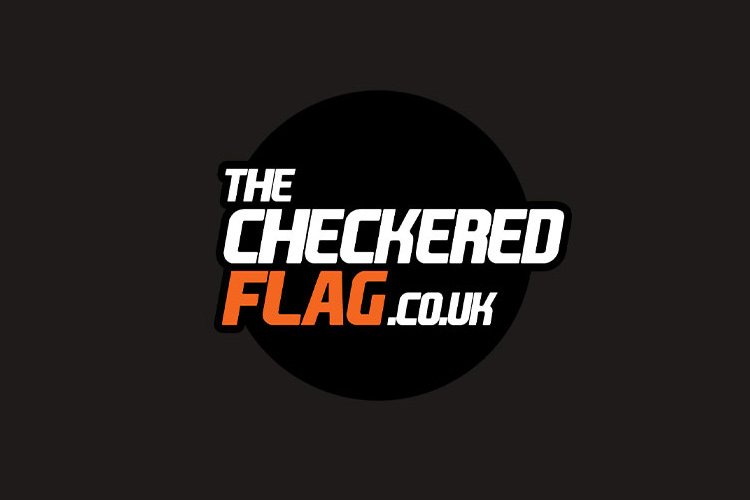
Hyper racing portable#
An AED is a portable defibrillation device that can deliver a shock to reset the heart rhythm.

Soon the affected person's breathing and pulse will stop. Seek immediate medical help if you have shortness of breath, weakness, dizziness, lightheadedness, fainting or near fainting, and chest pain or discomfort.Ī type of tachycardia called ventricular fibrillation can cause blood pressure to drop dramatically. If you feel like your heart is beating too fast, make an appointment to see a health care provider. When to see a doctorĪ number of things can cause a rapid heart rate (tachycardia). The condition may be discovered when a physical exam or heart tests are done for another reason. Some people with tachycardia have no symptoms.

This serious problem can lead to death if the heart rhythm isn't restored within minutes. Rapid, chaotic electrical signals cause the ventricles to quiver instead of contracting in a coordinated way. Supraventricular tachycardia causes episodes of a pounding heartbeat (palpitations) that begin and end abruptly. Supraventricular tachycardia is a broad term that includes arrhythmias that start above the ventricles. But episodes lasting more than a few seconds can be life-threatening. Ventricular tachycardia episodes may be brief and last only a couple of seconds without causing harm. The rapid heart rate doesn't allow the ventricles to fill and squeeze (contract) to pump enough blood to the body. This type of arrhythmia starts in the lower heart chambers (ventricles). People who have atrial flutter also often have atrial fibrillation at other times. Episodes of atrial flutter may go away themselves or may require treatment. Atrial flutter is similar to A-fib, but heartbeats are more organized. A-fib may be temporary, but some episodes won't end unless treated.

Chaotic, irregular electrical signals in the upper chambers of the heart (atria) cause a fast heartbeat. This is the most common type of tachycardia. Common types of tachycardia caused by irregular heart rhythms (arrhythmias) include: Other types of tachycardia are grouped according to the part of the heart responsible for the fast heart rate and the cause. Sinus tachycardia refers to a typical increase in the heart rate often caused by exercise or stress. There are many different types of tachycardia. Treatment for tachycardia may include specific maneuvers, medication, cardioversion or surgery to control a rapid heartbeat. But if left untreated, some forms of tachycardia can lead to serious health problems, including heart failure, stroke or sudden cardiac death.

Tachycardia may not cause any symptoms or complications.


 0 kommentar(er)
0 kommentar(er)
